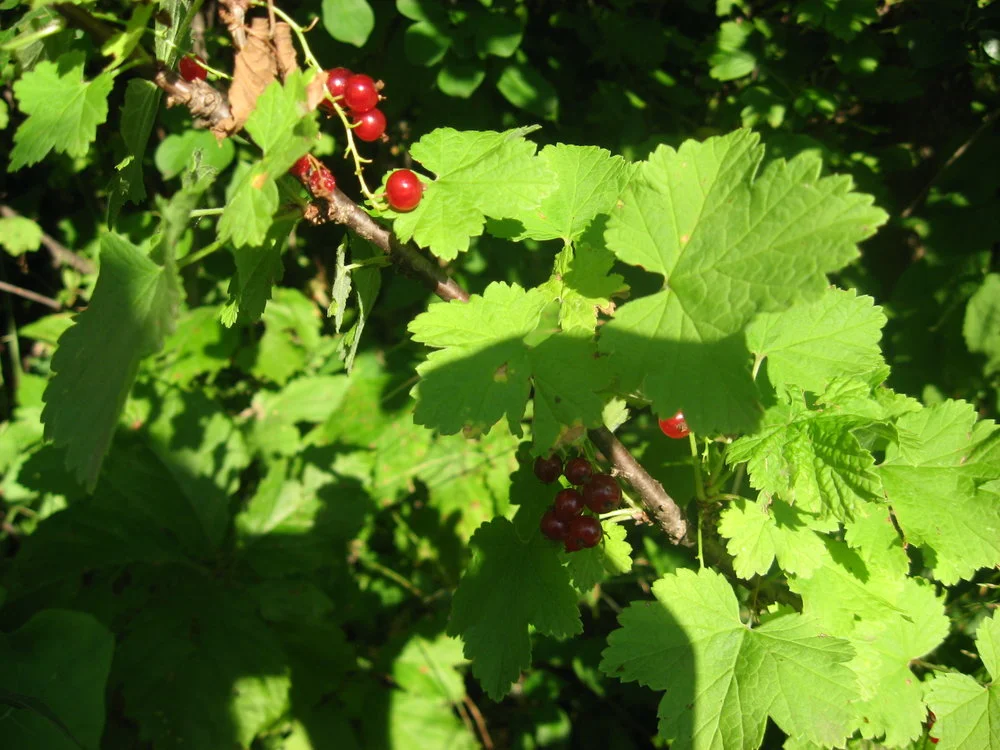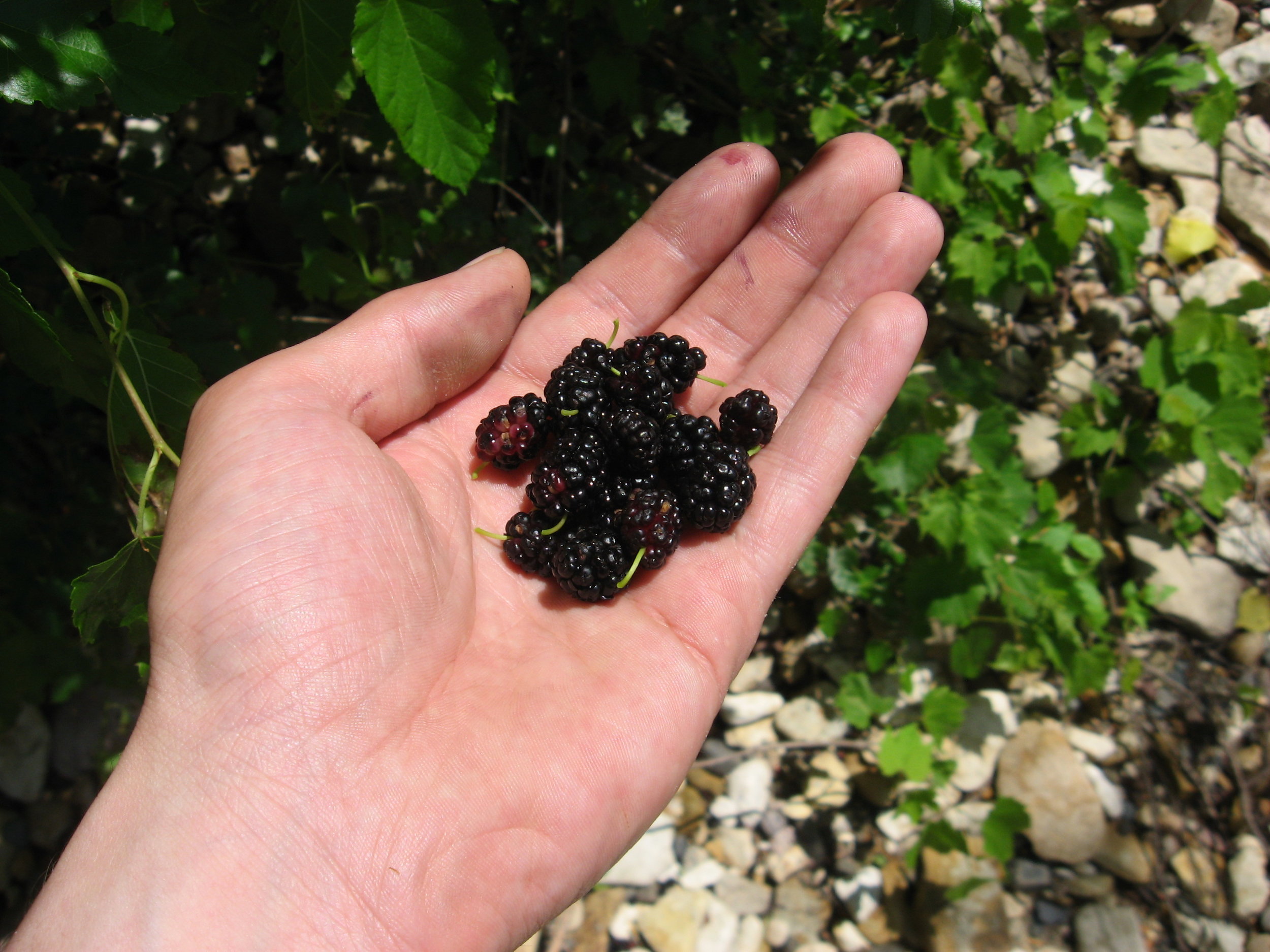Foraging Wild Berries and Fruits
Here are a few pictures of the different kinds of berries and fruits I was able find throughout the summer. Most of these were in the Twin Cities area, but can also be found in much of the Midwest and Eastern U.S.
Mulberries are one of the earliest to appear, usually in June. They look similar to black raspberries, but they grow on large shrubs/trees rather than low bushes. Also note the distinctive leaves. (Sorry for the blurry picture.)
NOTE: They will stain your fingers...
I did also find some black raspberries, but they were not very plentiful and seemed smaller this year.
The gooseberry crop was quite healthy, I found hundreds wherever I looked. These are in the currant family.
They look a bit like grapes when picked.
Red currants, related to gooseberries, were not as common but I still found quite a few.
The wild grapes still need some time.
They are easily identifiable by their leaves, which are also edible.
Elderberries can be used to make jams, jellies and even wine. I've heard that unripe berries can be toxic, as well as other parts of the plant. I'll be avoiding them until I can learn more. You probably should too.
My favorite, black cherries. There was a good crop this year.
They're smaller and more tart than you're probably used to, but I can't get enough of them.
I believe these are Mountain Ash berries, which are also used in jams and jellies, but I'm not positive. Again, I'll need to do more research before trying them.
Lastly, rose hips. These are the fruiting bodies of wild rose bushes. I've found these throughout the entire state, sometimes lasting well into winter. They can be eaten as they are, or made into tea. I like to chop them up and add them to cereal. They are an excellent source of Vitamin C.













